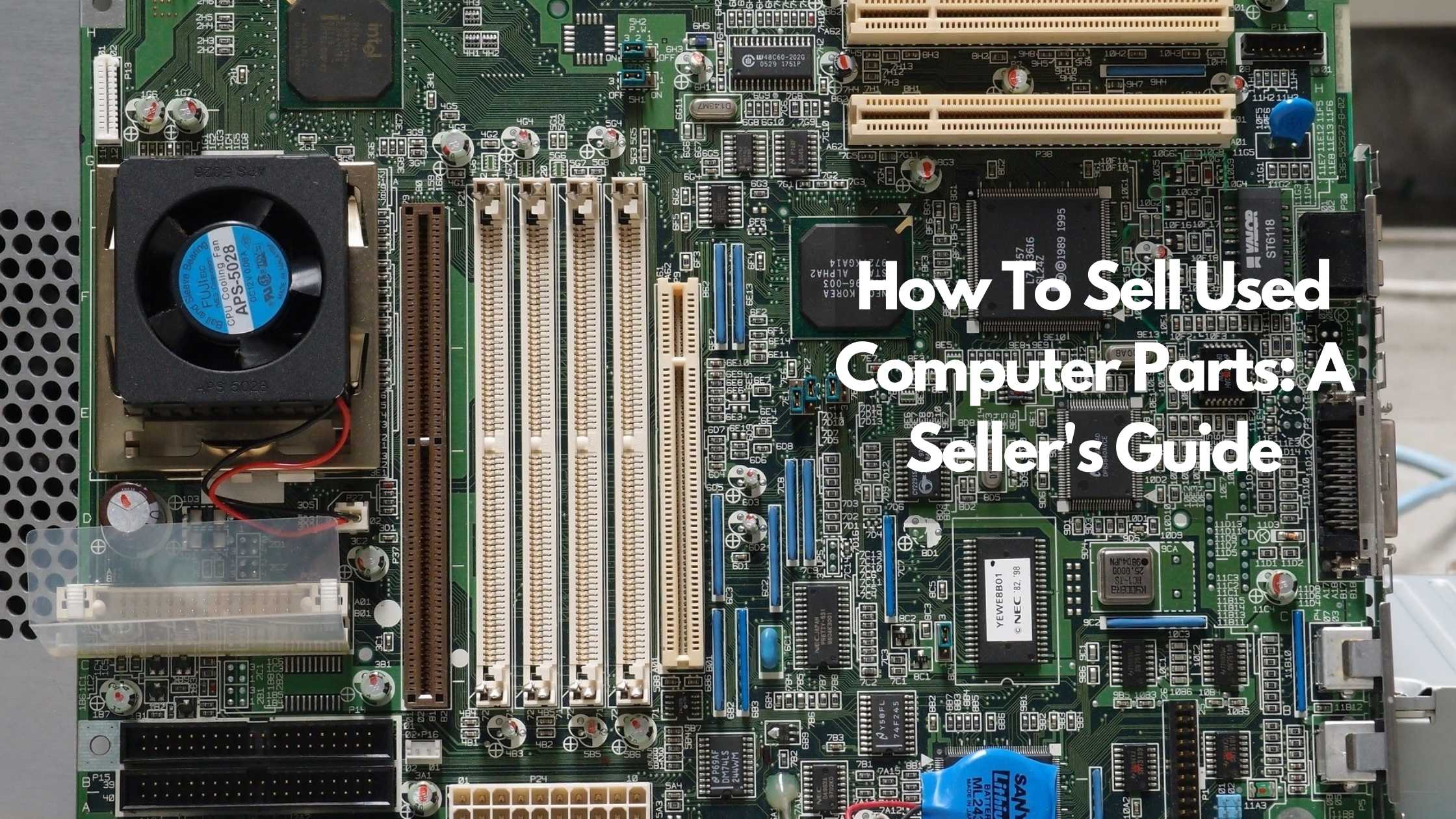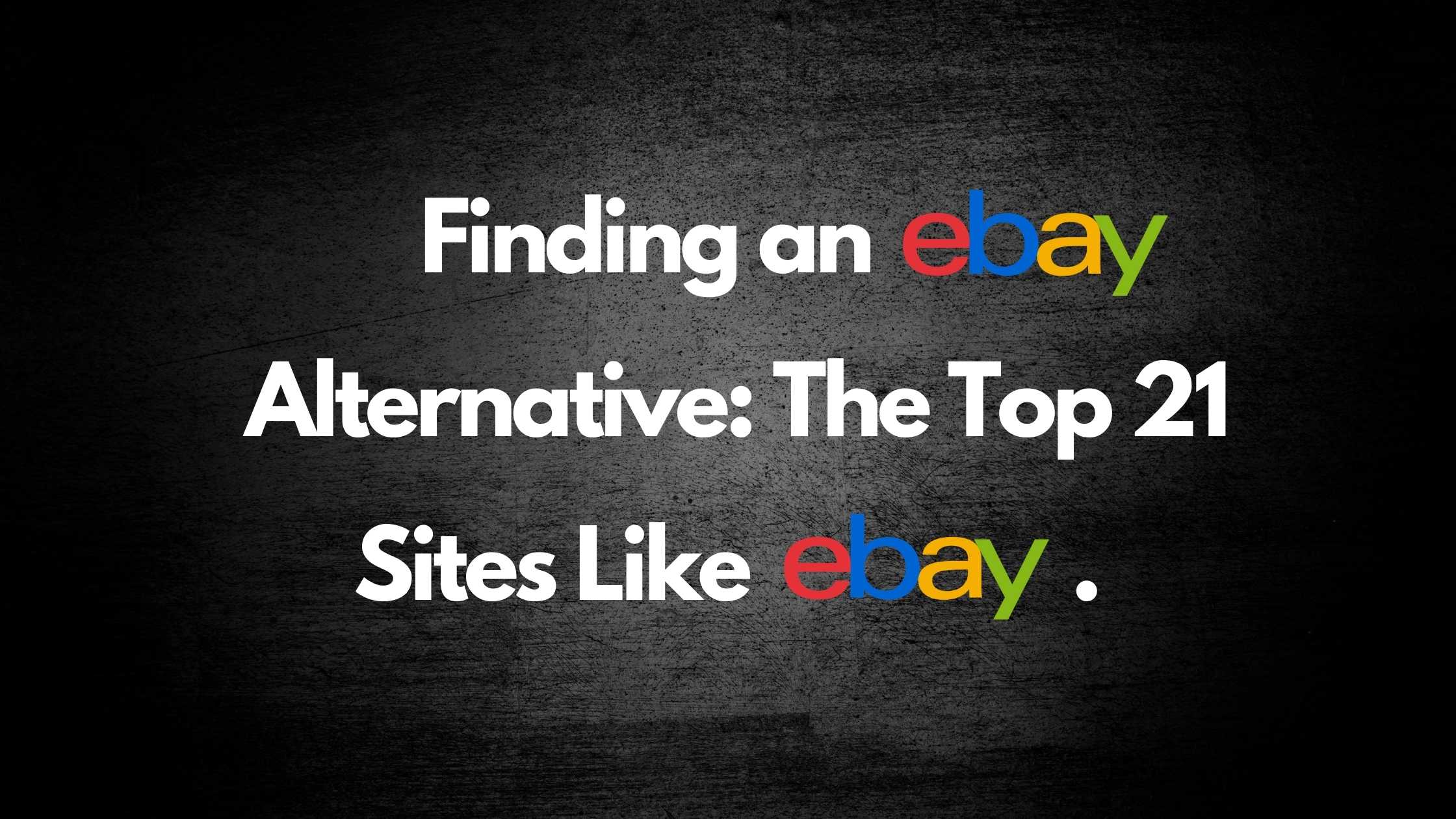
Selling Pokemon Cards Online: Things to Consider
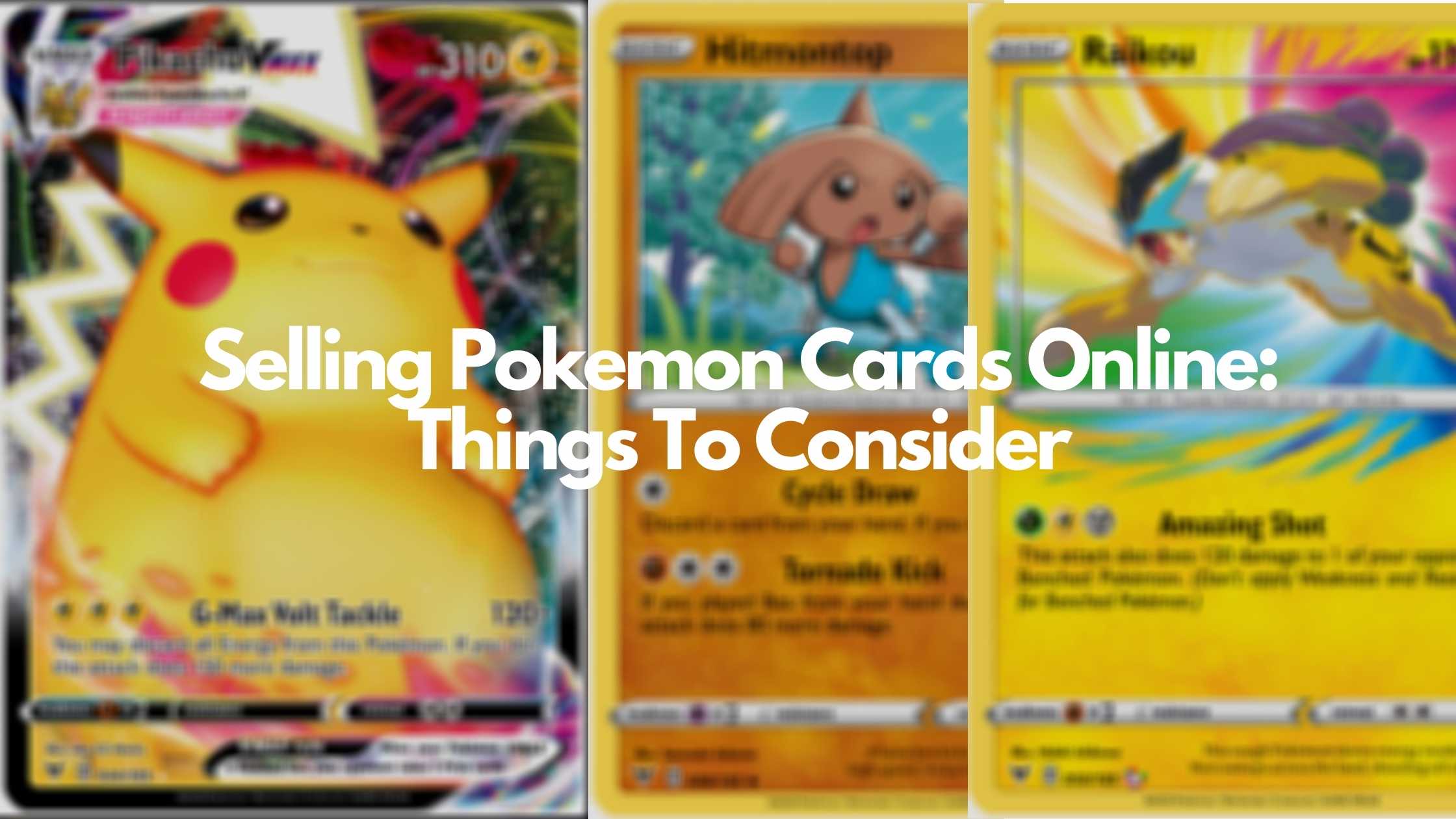
It hasn’t always been this way, but now almost 20 years later, pre-2002 pokemon cards are quite the collector’s item. Not all of them, though, just some specific valuable ones can be sold for quite a chunk.
Their value is largely driven by nostalgia and rarity. Thus before you sell them online, these are some of the things to consider. Plus, the best places to sell for maximum returns.
If you’d like to know more on how to go about this, dig into this well-researched article.
Will I be able to make money selling my pokemon cards online?
Yes, you can make money selling pokemon cards online if they’re valuable. The valuable ones are in high demand, as you’ll see from a quick check of eBay’s sales data. Monied millennials and pokemon investors have no qualms paying for a card they want as long as it meets the threshold.
Tips for selling pokemon cards online
Besides nostalgia and rarity, other factors that drive up a pokemon card’s value are current sales data showing the demand and pricing. Other things to look at are their condition, popularity of characters, and the grading value. Ultimately though, as with most collectibles, the real value depends on what someone is willing to pay for your pokemon cards.
To know your cards’ value, here’s what you need to do.
- Identification
Identify the three different categories of cards that you’ll find in any given set.
- Pokemon character cards
These are the cards most in demand because they’re extremely powerful at play; they don’t evolve and are only found in booster packs. Booster packs contain a mix of 10 cards (common, uncommon, and one card of rare or higher rarity), plus an additional Energy card for a total of 11.
- Energy cards
These cards are useful in powering a pokemon, and you can be sure to find them in any pack you purchase. There’s also a specific type of energy cards that give a different kind of boost, depending on your type of pokemon
- Trainer cards
These are cards used for the items, supporters, and stadiums during a battle. Any special rules on these cards are indicated at the bottom.
- Sort the cards
With the identification out of the way, you need to have an idea of what you have and what it’s likely to fetch, so the first thing to do is sort them into sets.
It’s worth noting that the pokemon franchise exists as a TV show, a trading card game, video games, and toys. New cards are released every time a new season of the TV show comes out and is referred to as a new generation or series.
The new series usually coincides with the latest video game titles, and the card game is now in its eighth generation following the latest release of cards called ‘swords and shield’ in March 2020.
Thus a set is differentiated by symbols, and almost every release has a symbol. The symbol in old sets is found on the bottom right-hand corner of the pokemon illustration and for new sets on the bottom right-hand corner of the card.
The only ones that don’t have the symbols are the base set, some promos, and energy cards. If you’re not too sure what a symbol means, check the eBay price guide.
- Create an inventory
Once you’ve sorted them into sets, create an inventory to enable you to list them numerically for easy reference.
The number on each card is on the lower right-hand corner, usually with the format X/Y. The number X is the number of the actual card, and the number Y is the total number of cards in the set.
- Determine the value
Once you list them, work out their values by cross-checking on price guides and various sites known for selling pokemon cards like eBay, Pokemon Prices, and TCGPlayer Price Guide.
- Condition
Your cards’ condition is critical. Make sure they’re well kept, PSA graded, or preferably in near-mint condition. Cards in near mint condition show minimal to no wear, crisp corners, unblemished edges, and no marks on the surface.
Sometimes if your card is valuable by all indications and possibly worth more than $100, it’s recommended that you have it authenticated by a grading company. A well-renowned grading company is Professional Sports Authenticator or (PSA). Make sure to grade it just to be sure it’s the real deal.
PSA 9 means the card is in superb condition and has only one minor flaw, whereas a 10 is a perfect card, which is extremely rare.
- 1st edition
These cards are valuable among standard pokemon cards because there are very few of them available. Each 1st edition card released gets a neat little stamp, just below the featured pokemon, to signify their status. Their exact price depends on the collection they belong to.
- Rare
A rare card has a black star mark near the bottom or its name. The more the stars or with combinations of letters and other symbols, it’s rarity value increases. This also applies if those symbols are in the name or elsewhere on the card.
Other potential rarities are:
- Holocards, where everything apart from the artwork is holographic.
- A print number that denotes a higher printing than there should be in a set.
- Artwork that doesn’t cover the full card.
- Cards that have errors like misprints or typos.
- Shadowless
These types of cards have a darker image and were printed without a shadow border along the right side of the pokemon image.
They’re a premium investment because they value anywhere from 3-6 times the amount of an unlimited card.
- Age
Not all pokemon cards are worth good money. However, cards from 1999 – 2000 are the rarest and hence the best investment.
Other valuable cards are those sometimes awarded to tournament winners. For example, one of the most coveted cards, the Trophy Pikachu Trainer Card, was only given to competition winners in Japan. It is so rare that it is considered priceless due to the lack of sellers.
Here’s an article with additional tips on how to sell those priceless collectibles.
- Storage
Organize your cards by sets and insert them into your preferred storage format, either a container, card catalog, or binder. A binder is preferable since they’ll all be visible when you flip through.
If you choose a binder, make sure the card slots are large enough to fit the cards comfortably. After all, you don’t want to get them torn, scratched, or deformed.
When organizing your cards by set, rely on the symbols and your numerical inventory organization, even if the pokemon on the card appears to be the same.
Finally, ensure the binder is not on the floor, safe from possible floods & fire, and away from direct sunlight.
- Pricing
When setting your prices, research the rates on the sites selling pokemon cards and don’t deviate from them to sell successfully. Their guides mostly focus on in-demand cards, so you’ll at least have good insights on these.
If you’ve got regular cards, it’s better to sell them in bulk as you’re certain to get more value that way, even if it’s a couple of dollars or hundreds of dollars.
- Where to sell
eBay is always easy because it’s got an established market for this.
If you’d like to keep all your money and be on a platform that makes it easy and enjoyable for you to sell and build your brand, Sheepbuy could be worth your while. It’s absolutely free to start if you go with the basic plan, no commissions on sales, and you’re not tied to any contracts. Read more about it here.
Another worthy consideration is TCGPlayer Marketplace, which has a pricing guide and symbol guide as veritable resources as you sell. For a smooth online selling experience, check out our tips here.
Conclusion
If you’ve got pokemon cards from way back, it’s highly likely they’re valuable and could fetch you some wonderful returns. And even if they’re not, you’ll still get some gas money off them.
With these guidelines, get down and prepare them for sale.
TRENDING


Online Arbitrage for Beginners (Step-by-Step Guide)
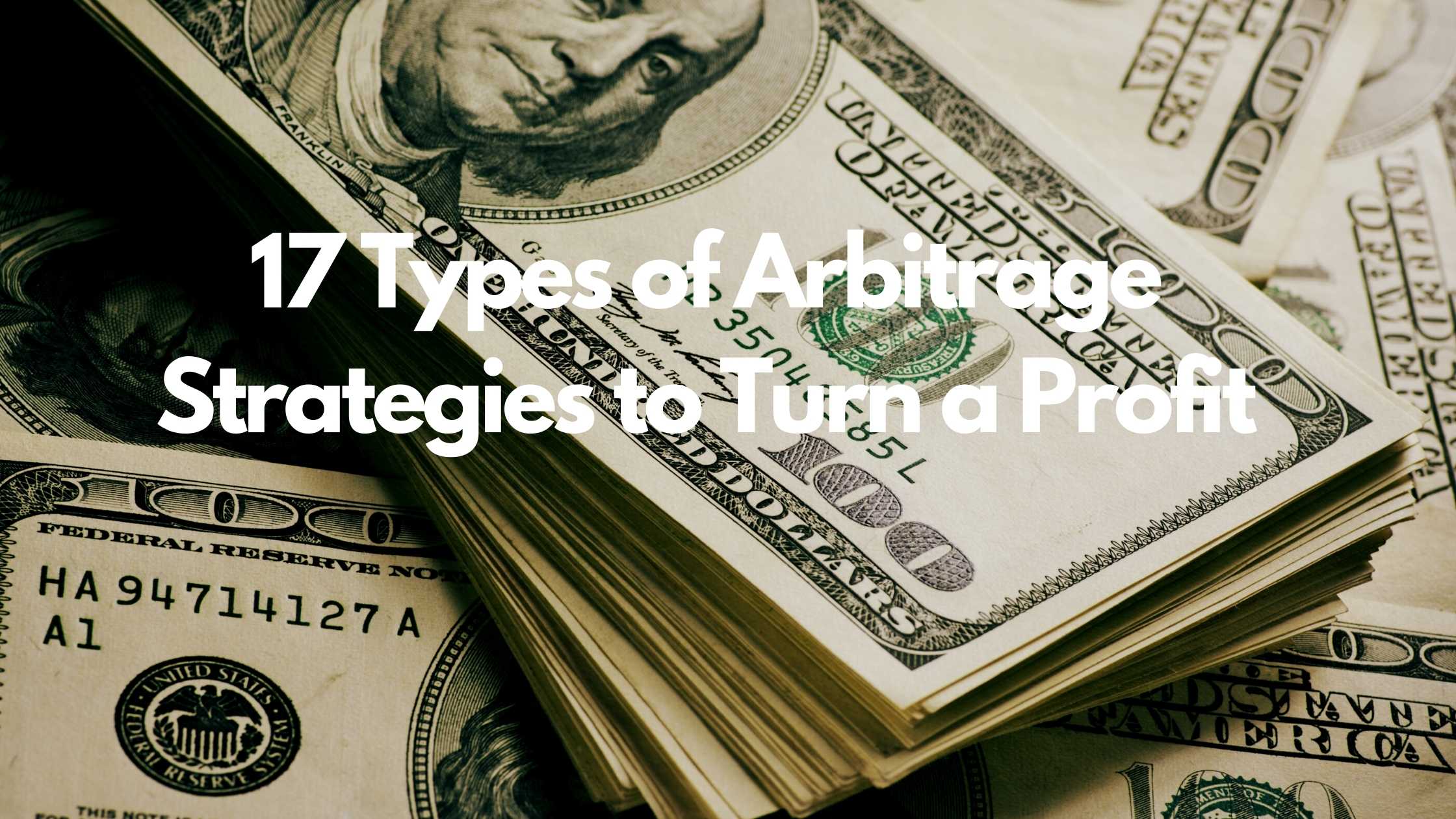
17 Types of Arbitrage Strategies to Turn a Profit
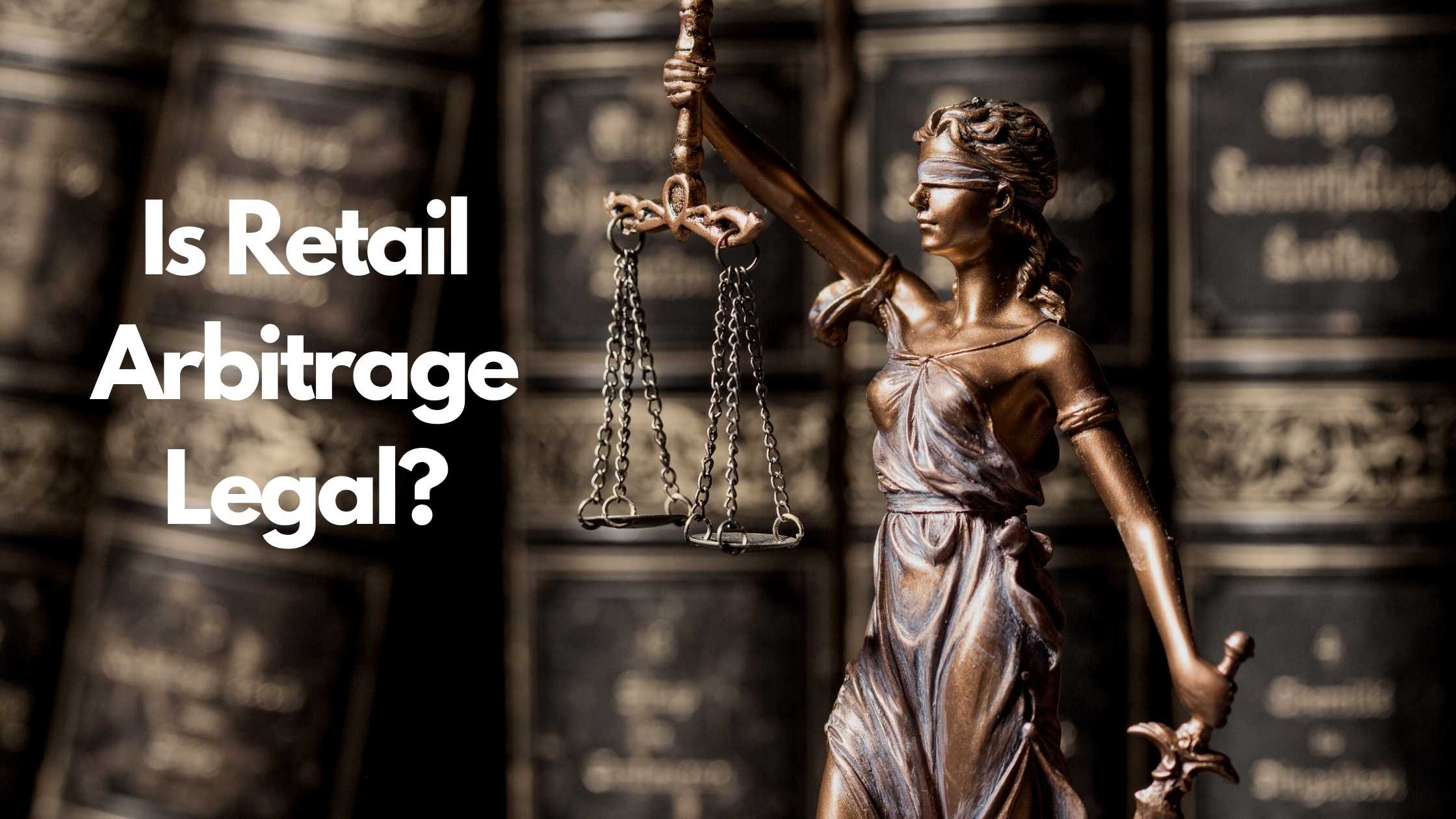
Is Retail Arbitrage Legal?

How to Turn Textbook Arbitrage into a Business for Profit

How Can You Tell if a Book is a First Edition?

What to Do With Your Jigsaw Puzzle When Finished?
